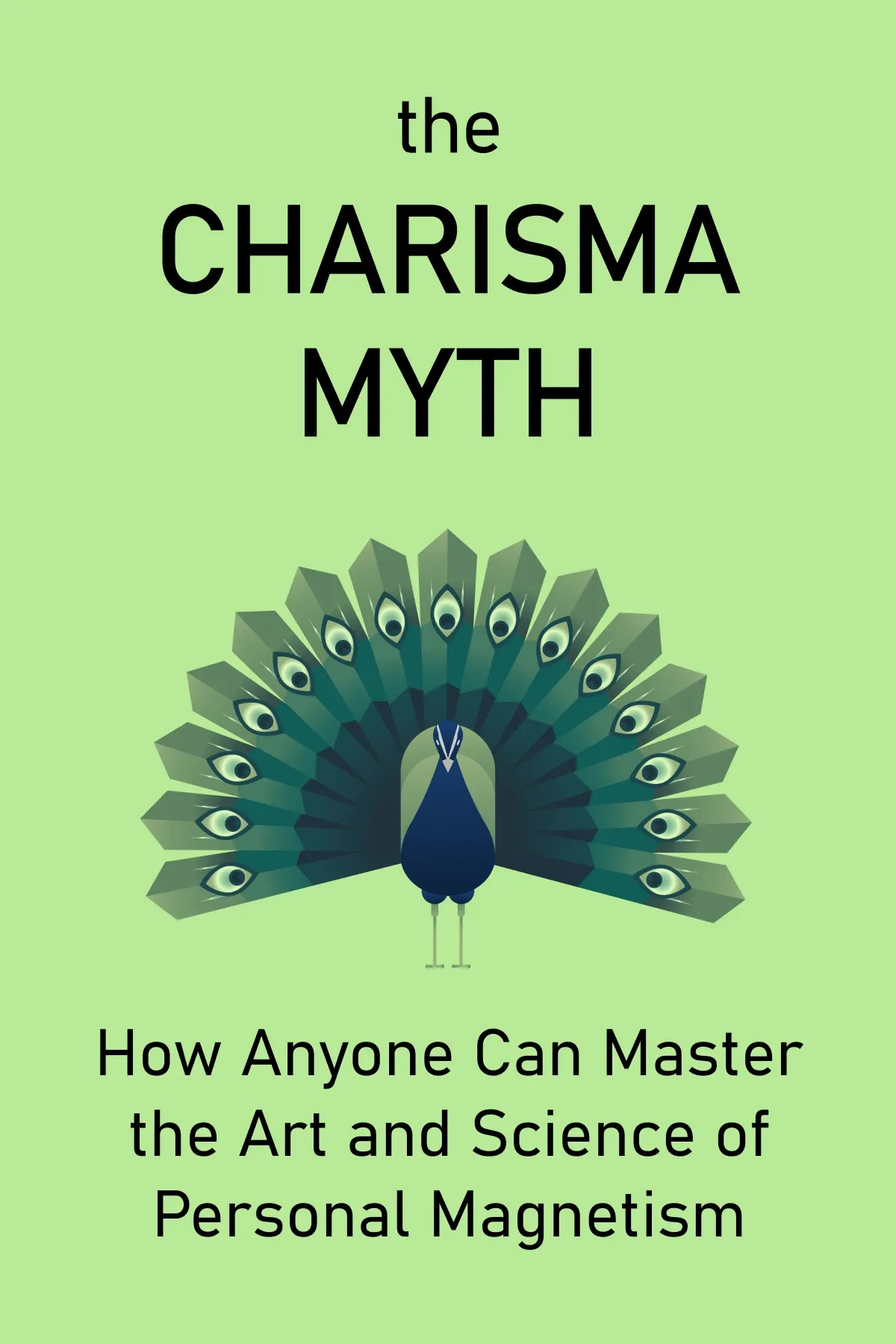
The Man Who Mistook His Wife for a Hat and Other Clinical Tales
Brief Summary
Have you ever wondered how different cognitive disorders can present themselves in individuals? Dr. Oliver Sacks, a neurologist, tells you about the most fascinating cases he worked with in his book “The Man Who Mistook His Wife for a Hat and Other Clinical Tales.”
Topics
Key points
Key idea 1 of 9
Dr. P. was a very talented musician and music teacher who, as he became older, began suffering from an odd visual disorder. At first, most of his everyday abilities seemed unaffected, but he had trouble recognizing people’s faces. Sometimes, he would even mistake inanimate objects for people and make conversations with a lampshade. Yet, Dr. P. believed it to be just a funny quirk, so it took him three years to see a doctor. The ophthalmologist determined that his vision was unaffected and referred him to a neurologist instead. That neurologist was Dr. Oliver Sacks.
Dr. Sacks found that Dr. P. had no signs of dementia or other similar disorders, but something was wrong with the way he perceived things. For instance, he would look at a familiar person's face and not recognize it because, for some reason, he focused on individual features instead of the whole picture. The same thing occurred when he was shown different scenes and asked to describe them. He could describe separate elements but didn’t recognize the whole scene.
Once, Dr. P even confused his wife’s head with his hat, which further proved how much he struggled with face recognition. To uncover his condition, Dr. Sacks came to his house. He learned that Dr. P. had no trouble with abstract shapes but struggled with faces, even with his family’s or his own. The only way he could recognize people was by analyzing distinctive features.
However, his disorder went even further. He couldn’t describe characters from a novel, for example, but was able to recall the plot. He also could visualize more abstract things like chess moves. Mrs. P. showed Dr. Sacks a couple of Dr. P’s paintings. At first, he drew realistic pictures, but eventually, they became more abstract and unrecognizable. It showed how his disorder progressed over time.
Dr. P. himself remained unaware of his condition. Interestingly, his musical abilities weren’t hindered at all. Music helped him navigate the environment around him. He continued teaching it for the rest of his life. This fascinating case illustrates how the ability to perceive things altogether affects our judgment compared to perceiving individual elements. Personal judgment is vital, and without the ability to do so, people can become machine-like.
You may also like these summaries











